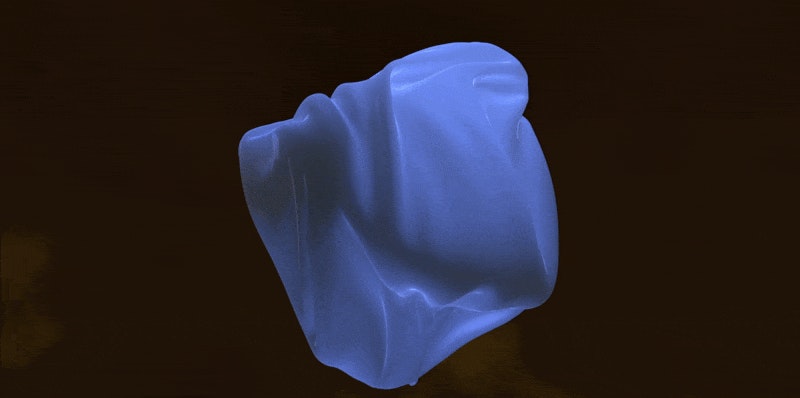Why all transformation needs design
The world is arguably changing rapidly. In combination with our larger challenges - the pandemic or a senseless war - technology is a key driver for this frothing river of transformation.
All this transformation means that a lot of things in our world need to be picked up, turned upside down, thoroughly looked over and a few questions need to be asked: “Does this still work for us?”, “Does this need to be redesigned?”, “If so - what are our design criteria? Are our old parameters still relevant?”
Dramatically simplifying - we could assume that more transformation needs more design. It is overly simplistic - but I believe this is true. Of course it depends on your definition of design. We encounter business leaders on a weekly basis that have a significant need for design but don’t quite know how or where or how much to invest in design. And more importantly - how can they get the best return on their investments.
To many, design is a big, fuzzy discipline and there are millions of answers to these questions. As the frequency and depth of these discussions have significantly increased through the Corona period, a few things have surfaced as patterns. Hoping to possibly fast-track your definition of design and how to extract value from it - here is a short summary of these patterns that we often encounter.
What the user experiences is design, not the technology nor the business
When a product “just works well” or a service is “just so easy” - it’s usually, because it’s well designed. But often making good design decisions is tricky, as - during the design / development process - there are many conflicting aspects to be considered.
When we create new products or services, we usually have stakeholders with commercial responsibilities, some with technology responsibilities and stakeholders with market / sales responsibilities.
So out of the above stakeholder categories - who would be best equipped to address how the user needs (functional and emotional) from our product / service?
In my experience, it is often (and sometimes only) the designer, who can understand and navigate that fluffy world of needs and emotions and more importantly articulate what impact these should have on the product.
Design is also surface and visuals. But it's far from superficial.
Of course it is about visuals. But what separates a good visual design from a mediocre one? Which picture can really say as much as a thousand words? And why?
That great visual that just grabs your attention usually manages to combine a multitude of information into something that can be understood without the need to analyse it, think about it or completely understand it. It is felt - immediately and without too much rational filtering. And that is extremely important for us as humans - it’s proven that we make most of our decisions purely on emotional grounds. Olga Markic of the University of Ljubljana even goes so far as to say “deliberation and conscious rationality is an illusion”.
Design stretches across all layers. Surface, structure and technology.
How we feel about a brand, a product or service is not only driven by its visual appearance. It is also about the processes and systems that work behind that visual layer that create what we call the ‘User Experience’.
As Jesse James Garret defined in his book “The elements of user experience” we need to design across a number of layers - from business to processes, technology to finally the surface (see above). Good design needs to engage with these layers in business, in order to create the best value. When it does - it is able to bring the users’ perspective into earlier decisions around the technology or commercial specifications of a product or service and ensure that technology and processes enhance the user’s experience.
User-centered design is also good for business.
So in a world where we make more and more decisions based on a digital experience, it is of great importance to understand how the product or service (and all layers that contribute to it - backend processes to front end visuals) make the user feel and address his / her needs. Most of our decisions are based on what we can summarize as a “feeling” when we interact with a product. It is how our brains work - the multitude of experiences, thoughts and sensations that play out when we navigate through a service with expectations, challenges and questions. Based on this experience we will either stay or leave, make a purchase or not, click a button or not. So it is not just “nice” to respect and value your users and their emotional response to your product - it also is good for your business and should be taken seriously in all design and development processes.
Practically all successful products address both - the functional and the emotional needs of its users. Developing valuable products and services that bring real value and even joy to users and your business alike is what design can do for you.
